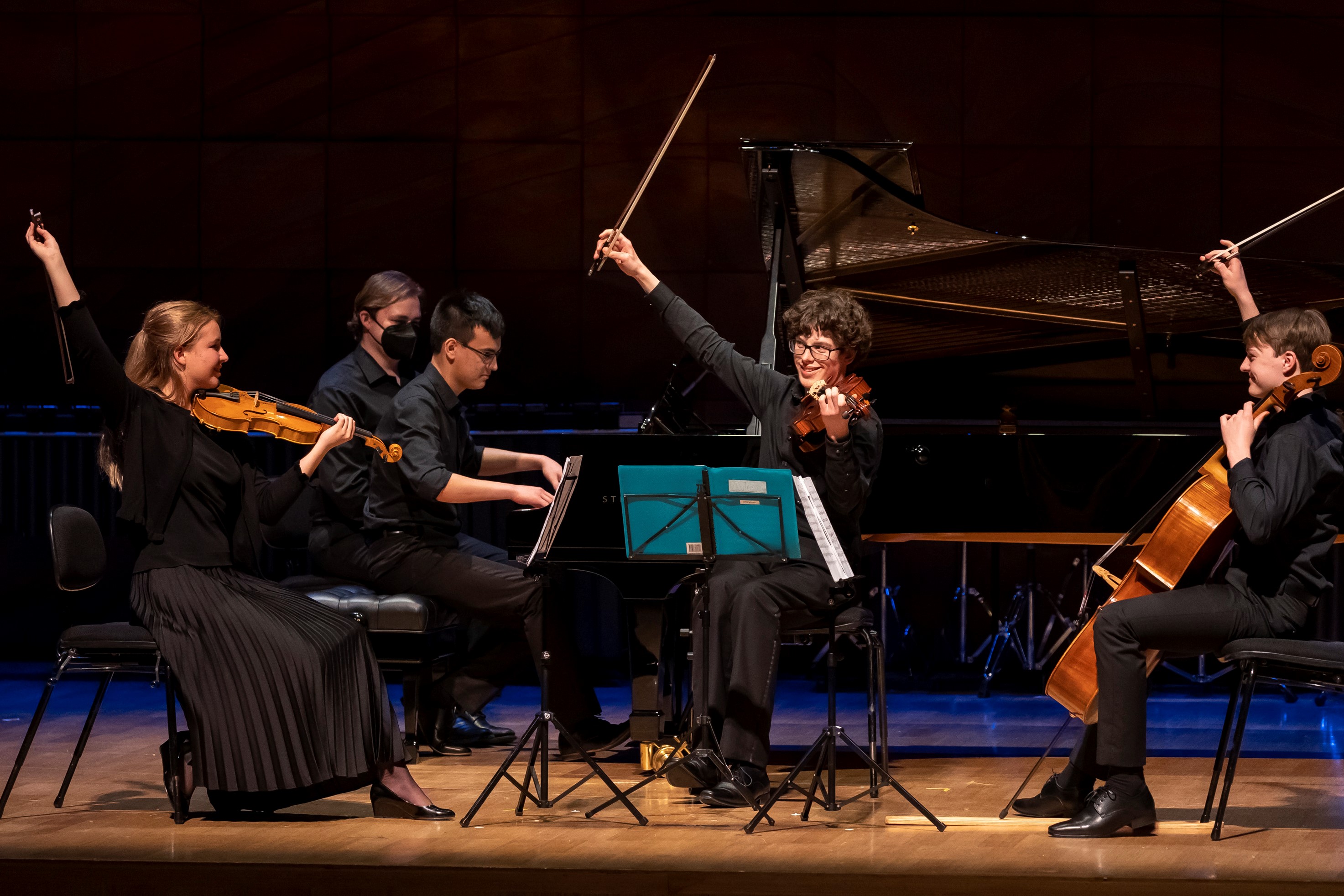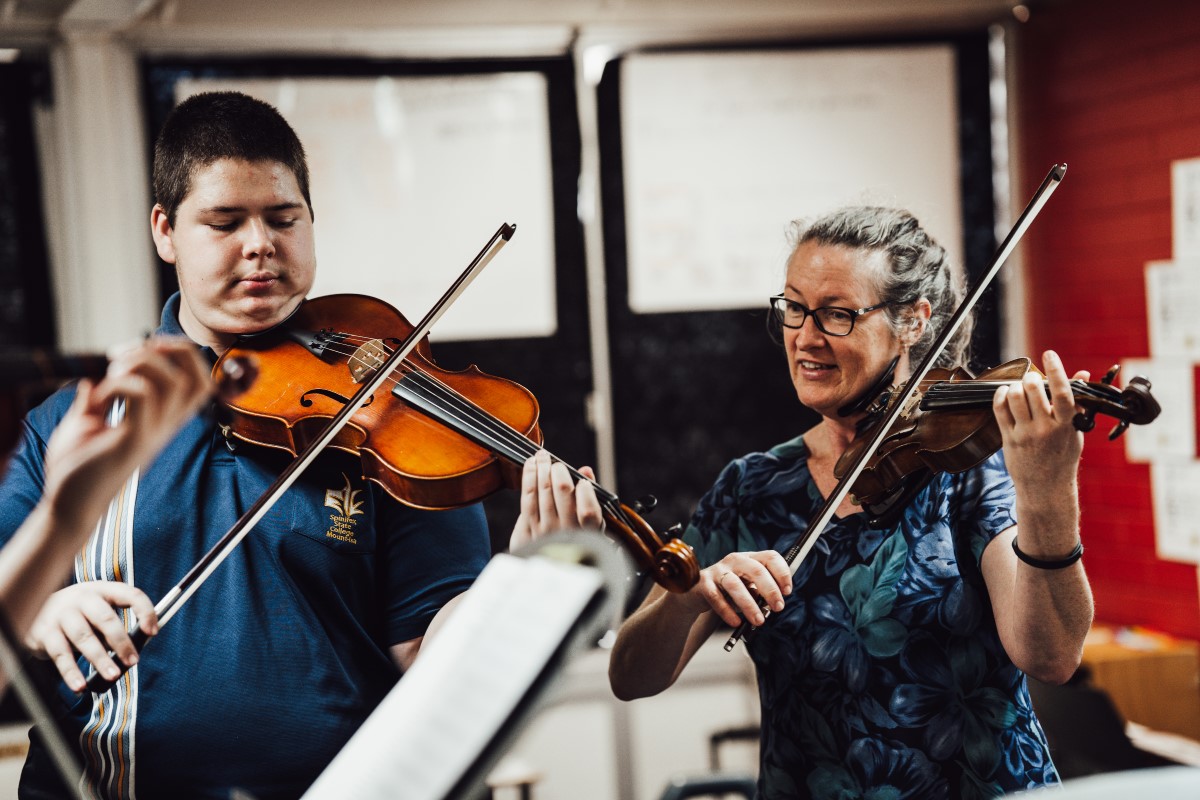The 12 finalists you will hear at Melbourne Recital Centre this week – the performances also are being livestreamed – represent the best of the young ensembles who entered the competition. They were selected after submitting video recordings of their performances to the first-round judging panel, comprising pianist Alex Raineri and cellist and educator Molly Kadarauch. Groups also were invited to enter the competition’s Novice Section, intended to give encouragement to less experienced musicians. In this way, Smith says, the competition can involve 'grassroots' participation and be genuinely inclusive.
'The finalists are all chosen because they are the best and most capable – and the groups at the top end are fabulous,' she says.
'We also have a specially created novice category for people who have been playing for not very long. You don’t have to be technically advanced to take part – chamber music can happen at every level, from beginner to elite. This competition encompasses all that.'
The place-getters in that category, judged by flautist Eliza Shephard and cellist Jonathan Békés, are the ANU Junior Guitar Ensemble, TAS Junior Piano Trio, and PLC Sydney Harp Trio. When Strike A Chord was first held in 2020 and again in 2021, the performances and judging were conducted entirely online because of Covid restrictions. The first competition at which the musicians performed live, before an audience at Melbourne Recital Centre, was in 2022. Last year, Strike A Chord was postponed for a year because it coincided with the MICMC. So today’s Grand Final is only the second time it has been held in real life.
Strike A Chord would not happen at all without significant contributions from public and private supporters.
From the beginning, the competition has been funded by the Victorian Government through Creative Victoria, and Musica Viva Australia gratefully acknowledges this investment in opportunities for young musicians. 'It’s a massive undertaking to put the competition together, and we absolutely would not be able to do it without that financial support,' Smith says. Musica Viva Australia also acknowledges the extraordinary contributions from private donors whose visionary support for Strike A Chord has ensured the best possible experience for all participants.
Tom Breen’s transformative, multi-year donations to Musica Viva Australia allowed the organisation to investigate and establish Strike A Chord as a competition for young ensembles. His generosity also provided funds for the music coaching program that is associated with the competition, and for some of the prizes. The late Felicity Teague left a legacy that provided vital resources for Strike A Chord in the initial stages.















